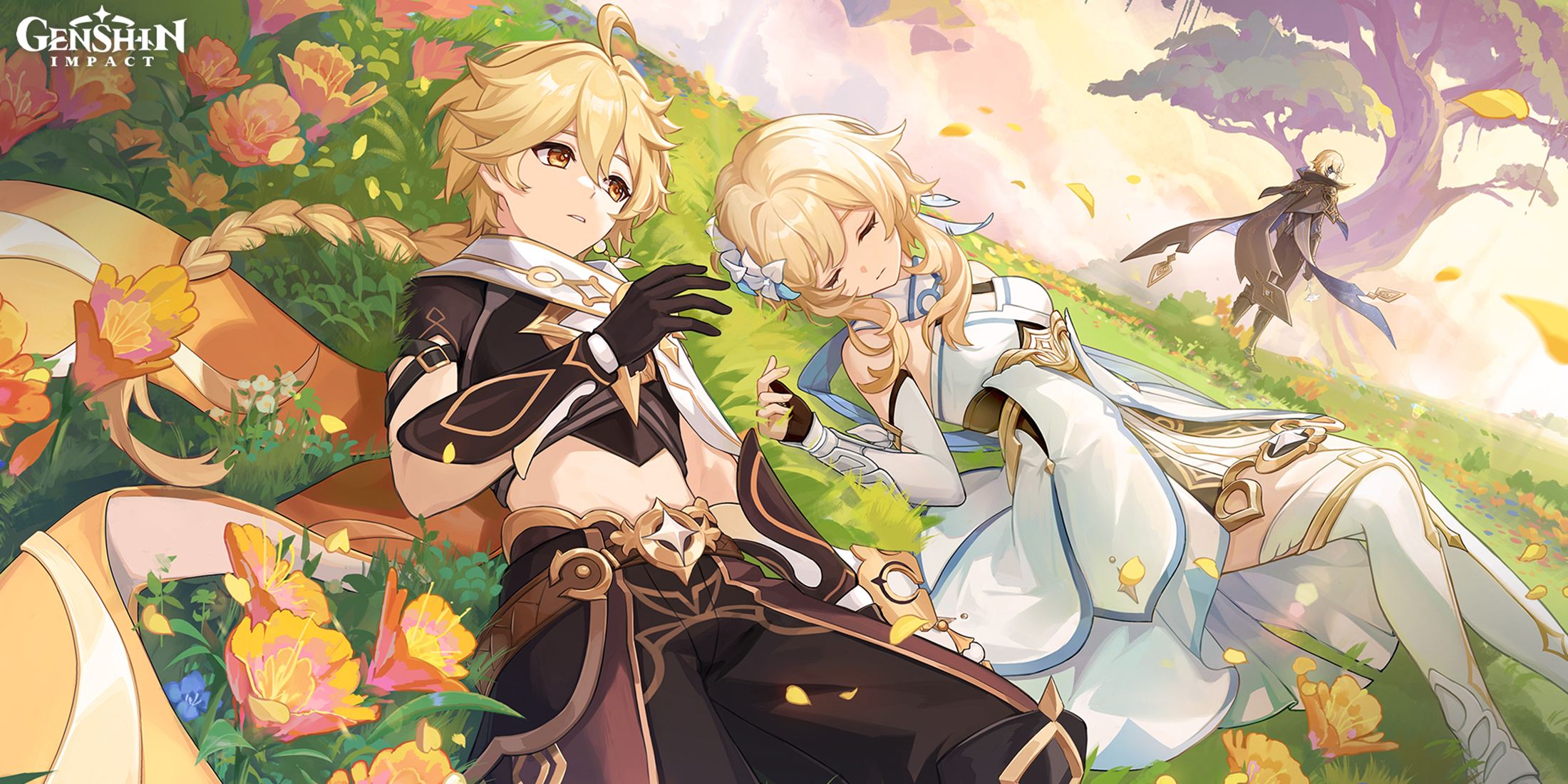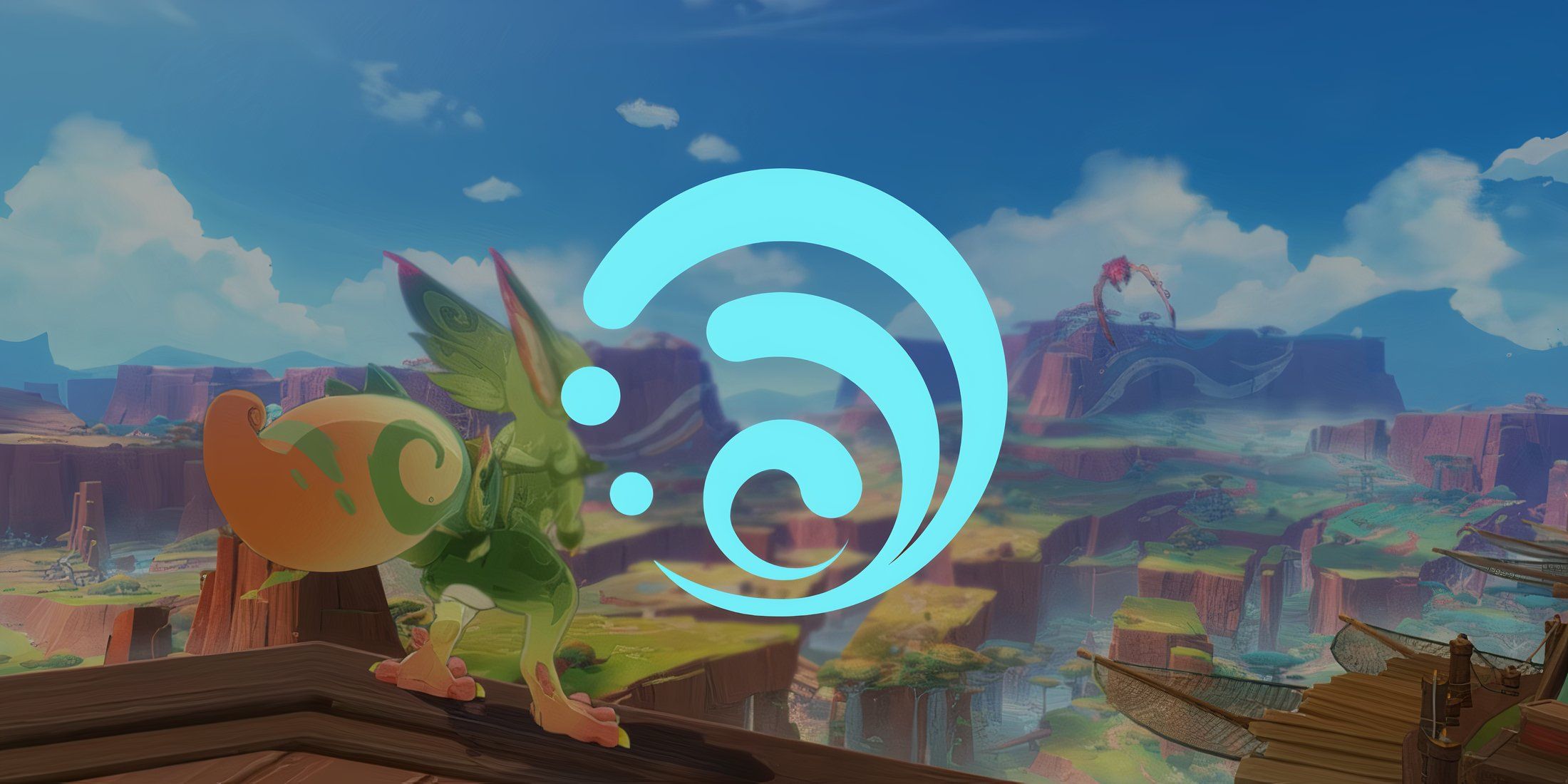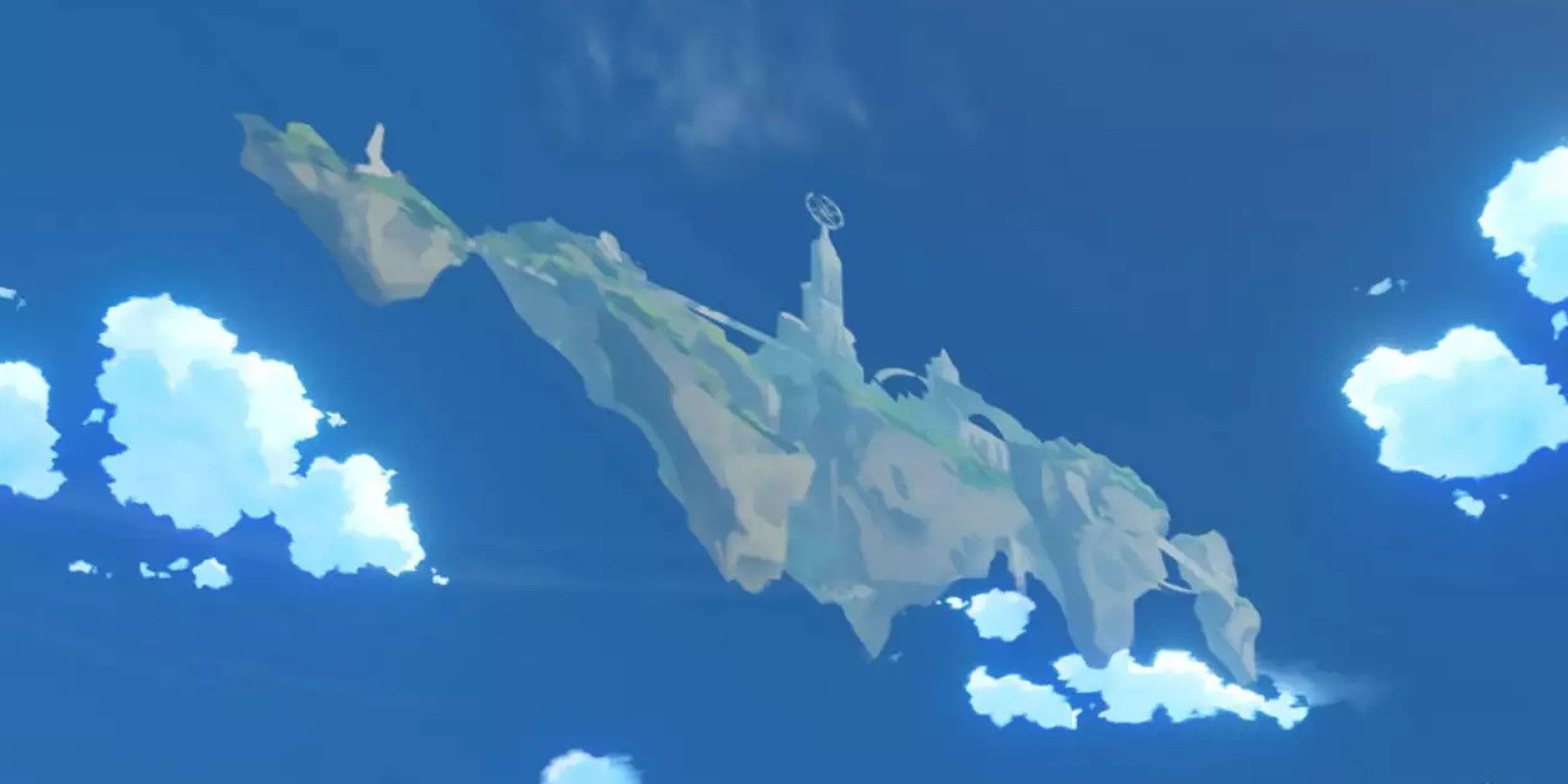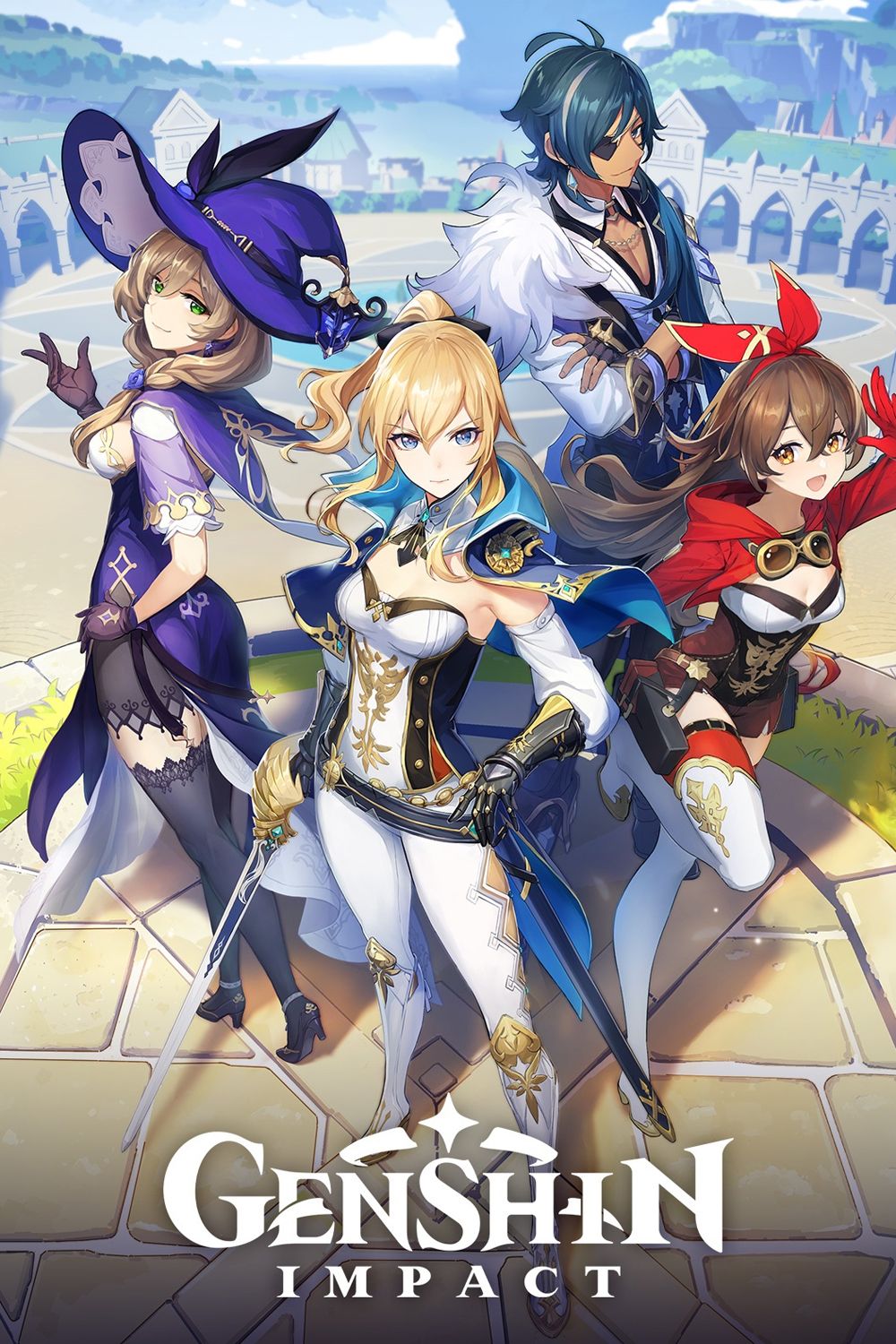Highlights
- Celestia is a mysterious place in Teyvat that only gods can access, ruled by the Heavenly Principles.
- Vennessa and Guhua are legendary figures who ascended to Celestia after receiving Visions, showcasing the path to godhood in Genshin Impact lore.
- Celestia's inactivity leads some to believe that it is empty after an ancient calamity shook the world of Teyvat.
The lore of Genshin Impact is complicated to say the least. The world of Teyvat has seen the rise and fall of great nations and the rule of countless gods. The player character, The Traveler, and their missing twin are deeply entwined in this history despite being "outlanders" from another world entirely. They appeared in Teyvat 500 years before the game's current timeline and were promptly attacked by an unknown god known as "The Sustainer of Heavenly Principles." One twin was sealed away for centuries, while the fate of the other remains mostly mysterious. Central to this mystery is Celestia: the throne of the gods and the silent ruler of Teyvat.
Celestia is a physical place on Genshin Impact's map. It floats above the world, a reminder that the true ruler of Teyvat is the Heavenly Principles rather than the Seven Archons that oversee the seven nations. Players have tried to glean as much information about this place as possible, but it is unlikely that Celestia's true nature will be unveiled until the end of the game.
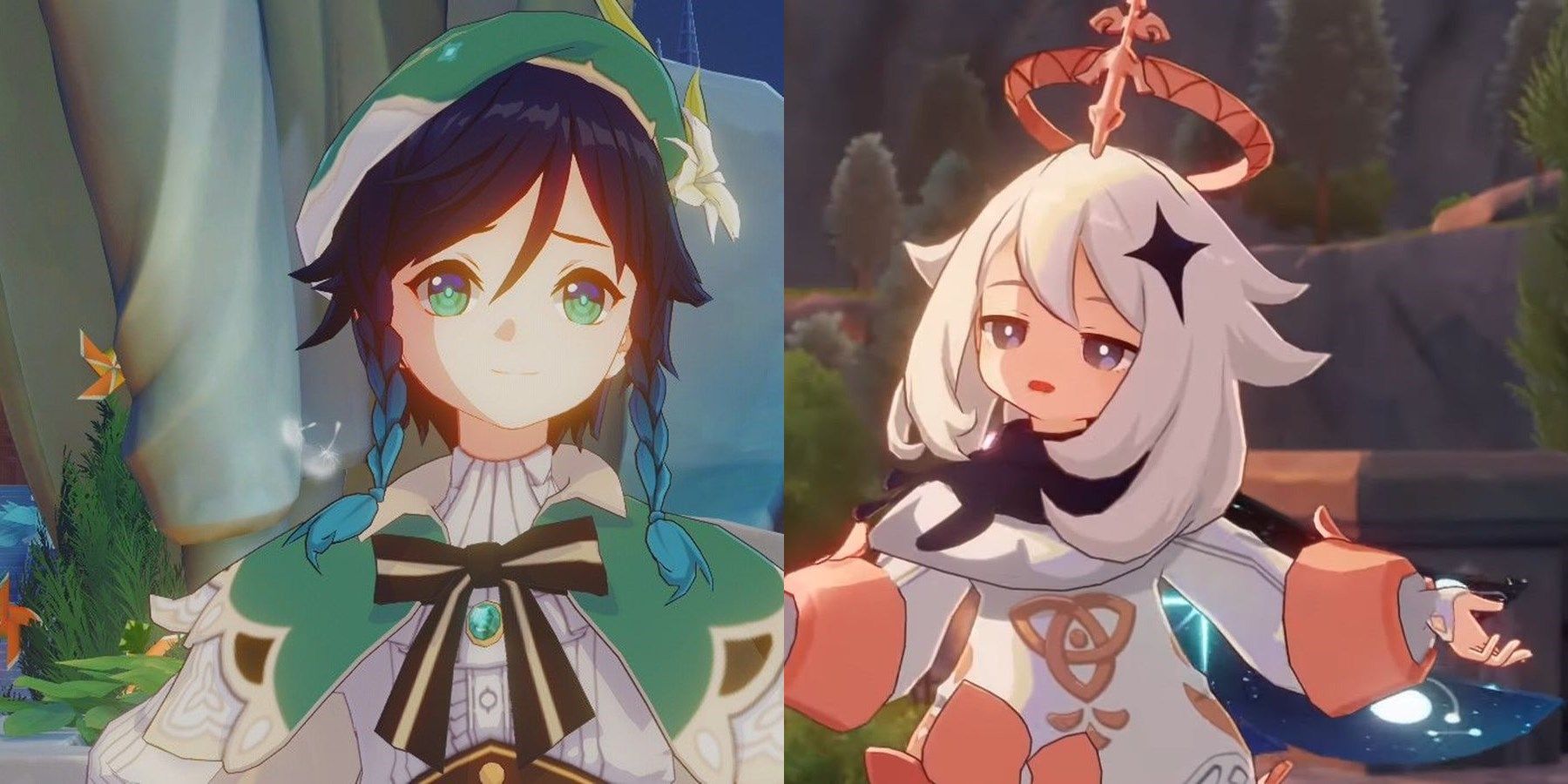
Genshin Impact Fans Notice Unusual Interaction Between Paimon and Venti
Genshin Impact players notice a couple of unusual dialogue lines between the Anemo Archon Venti and Paimon, the Traveler's most loyal companion.
Teyvat's Moving Island in the Sky
Celestia has always been hanging out of reach in the skies of Teyvat. Since update 3.0, this floating cluster of islands is visible from any part of the map. This encouraged players to try to calculate its exact location, but Celestia appears to move with each update. As of the time of this writing, Celestia's location appears to be the sky above Chenyu Vale, the area between the nations of Liyue and Fontaine.
Originally, Celestia was a 2D image that was replaced with a 3D model in anticipation of the 3.0 update that added the vast forests and deserts of Sumeru to the map. The model is a ring of broken islands with a ruined tower at its center. The architecture is reminiscent of the loading screen that players see when they open the game. This is where The Traveler and their twin encountered that unknown god. It is theorized, therefore, that when they first came to Teyvat, they were in Celestia.
How to Get to Celestia
According to Genshin Impact lore, only gods can get into Celestia. That said, players learn from Venti that ordinary people can ascend to godhood. The first step to ascending to Celestia is receiving a Vision. The exact requirements for being granted a Vision are fuzzy, but it is well-known that a person has to have a great ambition or wish. Getting a Vision, and thus control over a certain element, is meant to help them achieve that goal. There are a few people in Teyvat's history known to have ascended to Celestia.
Vennessa, the Lionfang Knight
Vennessa, a legendary hero from Mondstadt lore, fought alongside Venti to overthrow the brutal aristocracy that ruled over Mondstadt at the time. She established the Knights of Favonius and served as its first Grand Master. According to legend, her deeds were recognized by the gods, and she ascended to Celestia. She became the Falcon of the West, one of the Four Winds that protect the region of Mondstadt.
Guhua, Star of Huanguang Stone Forest
In Liyue's past, there was an adeptus named Guhua who traveled around the wilds. His signature weapon was Rainslasher, a 4-star claymore that players can receive via wishes. His fighting style was revered and is studied in the game by followers known as the Guhua Clan. This includes Xingqiu, who practices the "Rain Cutter" art with his sword. Guhua is said to have ascended to Celestia to become a star above the area known as the Huanguang Stone Forest.
Fan Theories About Celestia
What players know for sure about Celestia is very basic: Celestia is home to the Heavenly Principles, a mysterious force that controls Teyvat and establishes its laws. The Seven Archons resonate with the Heavenly Principles through their Gnosis, the chess pieces that the Fatui are infamously after. Celestia, and by extension the Heavenly Principles, have been silent for approximately 500 years since the cataclysm that destroyed the nation of Khaen'riah.
Fans have tried to fill in the gaps left by the lore. One prevailing theory is that Celestia is empty given its silence about the current events of the game. Many of the Archons, like Zhongli and the Raiden Shogun, seem disillusioned with the idea of the Heavenly Principles. Another theory involves Paimon being from Celestia because of her design and her name being similar to the Archon's celestial names.
The alternative names for The Seven Archons come from the Ars Goetia, a list of demon kings from the 15th century. Paimon is listed as one of these kings.
Venti - Barbatos
Zhongli - Morax
Makoto/Ei - Baal/Beelzebub
Nahida - Buer
Furina - Focalors
Paimon's origins, the fate of the Traveler, and the true identity of the unknown god are all central to Celestia. Players have been granted crumbs of lore about Celestia throughout the game, but its mysteries are unlikely to be unveiled any time soon. Until then, Celestia floats above the map, always visibile but ultimately unattainable.

